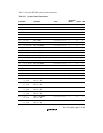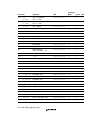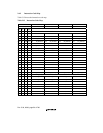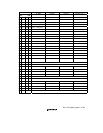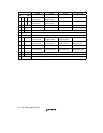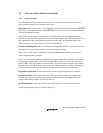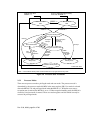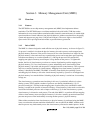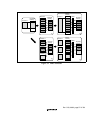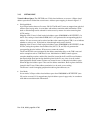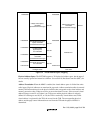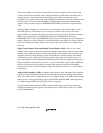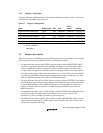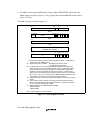
Rev. 5.00, 09/03, page 55 of 760
Section 3 Memory Management Unit (MMU)
3.1 Overview
3.1.1 Features
The SH7709S has an on-chip memory management unit (MMU) that implements address
translation. The SH7709S features a resident translation look-aside buffer (TLB) that caches
information for user-created address translation tables located in external memory. It enables high-
speed translation of virtual addresses into physical addresses. Address translation uses the paging
system and supports two page sizes (1 kbytes and 4 kbytes). The access right to virtual address
space can be set for privileged and user modes to provide memory protection.
3.1.2 Role of MMU
The MMU is a feature designed to make efficient use of physical memory. As shown in figure 3.1,
if a process is smaller in size than the physical memory, the entire process can be mapped onto
physical memory. However, if the process increases in size to the extent that it no longer fits into
physical memory, it becomes necessary to partition the process and to map those parts requiring
execution onto memory as occasion demands ((1)). Having the process itself consider this
mapping onto physical memory would impose a large burden on the process. To lighten this
burden, the idea of virtual memory was born as a means of performing en bloc mapping onto
physical memory ((2)). In a virtual memory system, substantially more virtual memory than
physical memory is provided, and the process is mapped onto this virtual memory. Thus a process
only has to consider operation in virtual memory. Mapping from virtual memory to physical
memory is handled by the MMU. The MMU is normally controlled by the operating system,
switching physical memory to allow the virtual memory required by a process to be mapped onto
physical memory in a smooth fashion. Switching of physical memory is carried out via secondary
storage, etc.
The virtual memory system that came into being in this way is particularly effective in a time-
sharing system (TSS) in which a number of processes are running simultaneously ((3)). If
processes running in a TSS had to take mapping onto virtual memory into consideration while
running, it would not be possible to increase efficiency. Virtual memory is thus used to reduce this
load on the individual processes and so improve efficiency ((4)). In the virtual memory system,
virtual memory is allocated to each process. The task of the MMU is to perform efficient mapping
of these virtual memory areas onto physical memory. It also has a memory protection feature that
prevents one process from inadvertently accessing another process’s physical memory.
When address translation from virtual memory to physical memory is performed using the MMU,
it may occur that the relevant translation information is not recorded in the MMU, with the result
that one process may inadvertently access the virtual memory allocated to another process. In this



